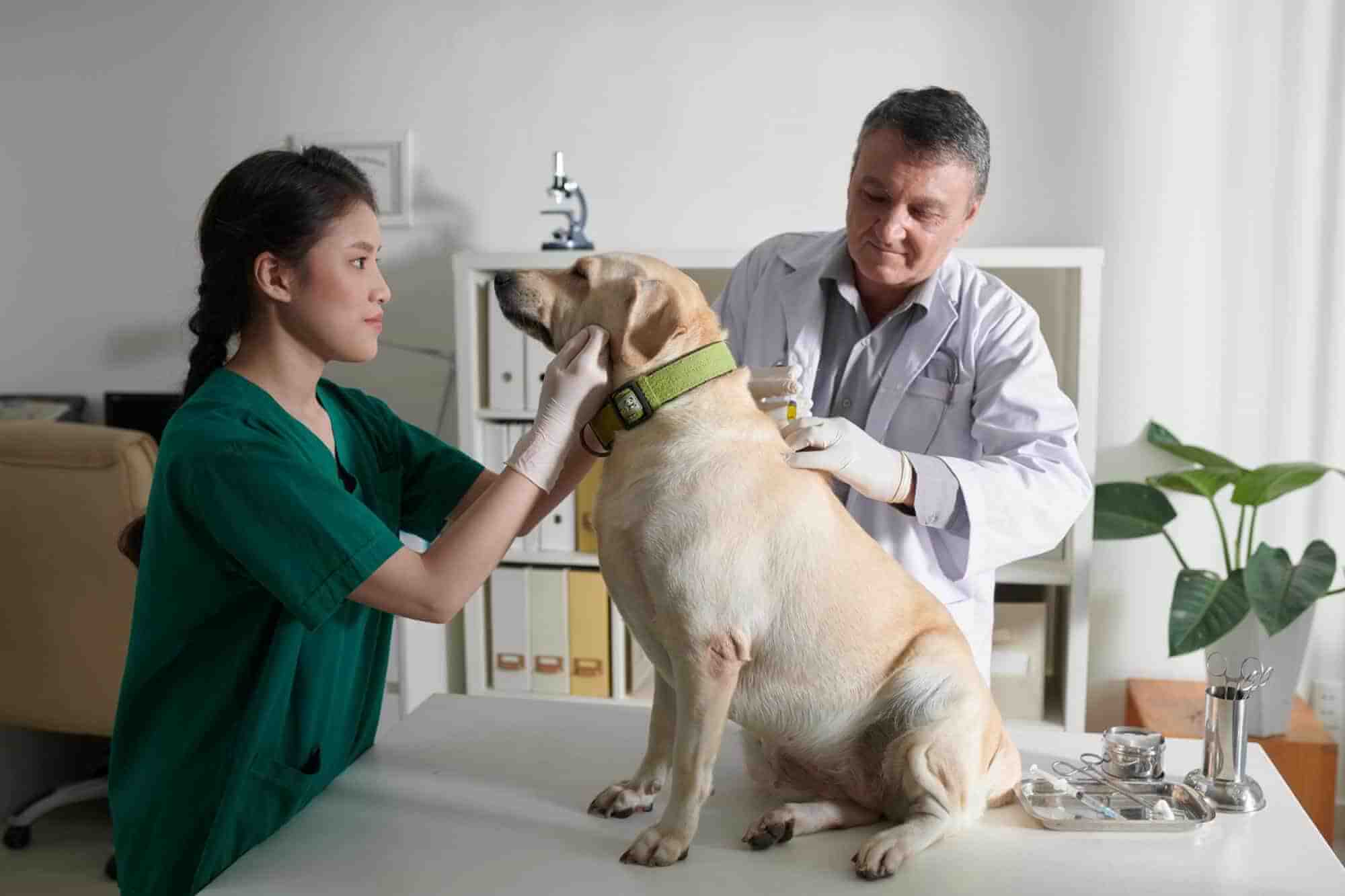When must you take your pet to the emergency vet? Dr. Merrianne Burtch of the BirchBark Foundation and Pacific Veterinary Specialists in Capitola was here for a 5/20 recorded segment. She answers that question, offers a warning about the artificial sweetener xylitol that can kill dogs, as well as snakebite and other emergencies. Here is her blog post on life-threatening substances.
Here is the substance of her ER visits post:
Here are some pretty clear guidelines for when you should take your pet to emergency.
- Fever: Dog and cats have a normal body temperature ranging from 99 to 102.5 degrees Fahrenheit. If your pet is feeling poorly and has a fever over 103 then a visit to the vet or emergency is indicated. Pets with a temperature of 106 or greater will start to suffer brain damage and need to be cooled with fluids or other therapy
- Vomiting repeatedly and unable to hold down water is another time when you should take action. An animal with severe gastroenteritis or an obstruction in the intestines will become dehydrated and start to have organ dysfunction within about 12 hours of not being able to hydrate. Weakness and a fast heart rate further indicate a visit to emergency is needed.
- Seizures particularly when a series or cluster of seizures occurs, unless your pet is a known epileptic and you have been guided otherwise. A seizure can be the result of a single event from changes in the brain chemistry, the first sign of a seizure disorder or an indication of metabolic abnormalities such as low blood sugar, low blood calcium or other electrolyte disorders. It can also be from ingestion of certain toxins. Because the brain can suffer permanent damage from repeated seizures making sure an underlying cause is not present is essential and checking for a treatable cause can save a life.

- Toxin exposure. If your pet has consumed prescription medication then the best start is poison control. You can call yourself and talk to someone at the ASPCA poison control. There is a charge in the $60 range and they can help you decide whether to go the emergency or monitor at home. They can also tell you what to look for. Some of the other toxins of concern include chocolate which you can check to see whether your dog got a toxic amount here. Other toxins that might demand a visit are xylitol (causes severe low sugar and is life-threatening), poisonous mushrooms (some emergency rooms can help you determine if your pet consumed a poison mushroom especially if you bring it with you or have a picture to identify it), and antifreeze which may cause your pet to seem drunk and causes life-threatening kidney failure. Snail bait in the Spring is a common toxin that causes tremors and seizures and requires a visit to the veterinarian.
- Collapse and inability to move can be from heart disease, orthopedic disease or neurologic damage to the brain or spinal cord. Ideally, your pet should be seen if this occurs because correction of neurologic disease is time sensitive and can make the difference between saving their ability to walk or not. Heart rhythm abnormalities can be life-threatening if not addressed.
- Trauma to the body (hit by car), dogfights with resulting puncture wounds to the chest or abdomen and trauma to the eye can have underlying hidden damage that might be life compromising or vision compromising so the safest option is to have your pet evaluated if they experience such trauma.
Other articles:
Back to Base vs. Self-Monitoring: Which Security System is Right for You?
Top Benefits of Back to Base Security for Retail, Offices, and Warehouses


